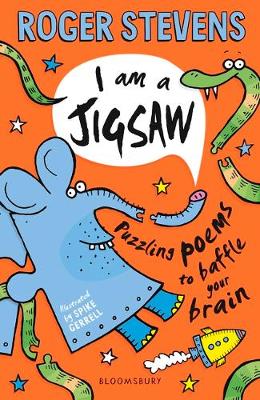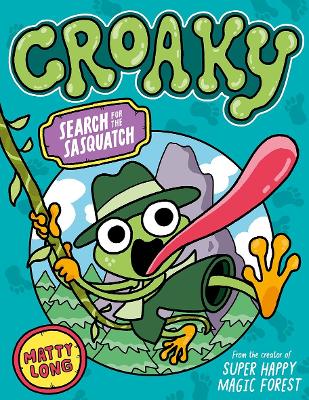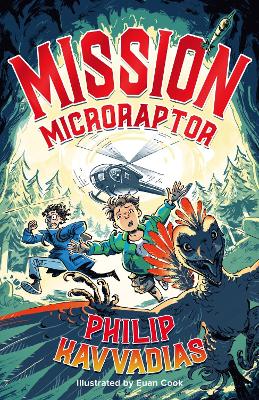I am a Jigsaw: Puzzling poems to baffle your brain

By Author / Illustrator
Roger Stevens
Genre
Adventure
Age range(s)
7+
Publisher
Bloomsbury Publishing PLC
ISBN
9781472958198
Format
Paperback / softback
Reviews
Alison
In his introduction to I am a Jigsaw, Roger Stevens welcomes the reader to 'a book full of puzzling poems and words that would rather play hide-and-seek than be sensible and sit in a chair to be read quietly'. What a lovely, apt welcome this is! Stevens goes on to tell us that riddle and puzzle poems are not new, explaining that the first known riddle goes back 2,500 years to the Ancient Greeks. For this 21st century collection, Stevens has compiled a wonderful collection of puzzle poems - old and new - with which the reader can play hide-and-seek. The first puzzles to fit together are 'Easy Peasy' rhyming riddles with solutions as varied as a sneeze, a computer mouse and Buckingham Palace. 'Tricky Teasers' follow. There are different patterns here that children will enjoy using in their own efforts: Liz Brownlee's 'Find me' (p. 14) takes the 'The first', 'The second' structure (leading us skilfully to 'magic' by the way); Tony Mitton's repeated question - 'What kind of ants?' - shapes his 'Ants' teaser (p.17). There's more challenge in the 'Tough Cookies' section: Roger Stevens' 'Lost at Sea' (p.24) will really have the children puzzling and, as he confesses, it's a trick anyway! After the famous St Ives riddle (250 years old) and a modern take on its structure, the section on 'Keeping with tradition' encourages careful scrutiny of words as the reader has to puzzle out the solution from clues about the words and letters: 'My first is in head and in program / My second in hands and in neck'('And I'll be with you soon', Philip Waddell, p. 31). The answer is 'android'! Again, this is a rich model for children to emulate offering productive thought about words and spelling. The section on 'Poetic Styles' is a refreshing take on the apparently urgent need to introduce children to as many different poetic forms as possible. (Please note: I have nothing against children learning about different forms as long as that understanding is used to empower their writing and enhance their reading rather than ticking a 'I can write a haiku' box.) Celia Warren charms with 'Haiku' (p.35): 'Under the pillow / part of a six-year-old smile / left for the fairies'. And children will have such fun generating more 'Spot the fairy tale' haikus, following on from the four James Carter gives us here (p. 36). And the puzzling continues: through sections on 'Conundrum fun', 'Playing with words', 'Metaphoricals' (lots of challenge in this section) and 'A Mixed Bag' of final riddles. Spike Gerrell's sparky illustrations add to the fun of the puzzlement: there's a recurring rhino as well as other quirky animals, galaxies of shooting stars and quizzical cartoons of children. As well as the poems he has contributed, Roger Stevens' voice runs reassuringly throughout the collection, offering helpful tips with the trickier puzzles and concluding with a practical section that teachers and children will find invaluable. His step-by-step suggestions for writing riddles, kennings and more are incredibly helpful. This anthology is fun, informative and interactive. I can see teachers and children wanting to enjoy a riddle a day and being inspired to start collecting and writing their own for a class anthology. 112 pages / Ages 7-11 years / Reviewed by Alison Kelly, consultant
Suggested Reading Age 7+
 Croaky: Search for the Sasquatch
Croaky: Search for the Sasquatch
 Mission: Microraptor
Mission: Microraptor
 Yomi and the Curse of Grootslang
Yomi and the Curse of Grootslang
 New Kid On Deck: Pirate Academy #1
New Kid On Deck: Pirate Academy #1
